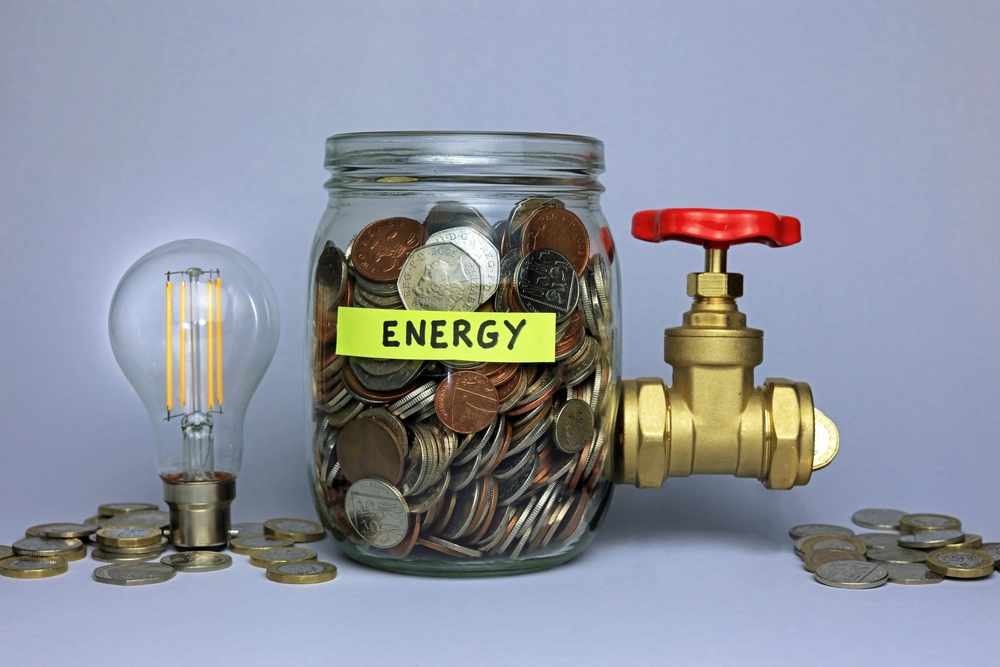Household Bills
Energy price cap predicted to fall to £1,823

Analytics firm announces its final forecast for the next energy price cap which will be in effect from October to December 2023.
Analyst Cornwall Insights estimates that the price cap, which is currently £2,074, will fall to £1,823 from October. The figure is Cornwall Insight’s final prediction before the official cap announcement by Ofgem which is scheduled for Friday 25 August. Previously the predicted figure stood at £1,860 for October.
But bills are expected to rise again from January, to an average of £1,979, as a consequence of the recent surge in global gas market prices caused by a string of planned strikes at large gas projects in Australia, Cornwall Insight said.
New calculations
The energy price cap predictions are slightly misleading as Ofgem has changed how it calculates the average energy bill, referred to as the typical domestic consumption values (TDCVs).
The regulator now assumes that households will use 7% less electricity and 4% less gas than before.
Without this change, the October price cap would be almost £100 a year higher at £1,925, according to Cornwall Insight, while the January figure would be £2,082.
It’s important to note that the energy price cap sets a maximum price that energy suppliers can charge for each kilowatt hour (kWh) of energy, but it isn’t a cap on bills as how much you pay will depend on the amount of energy you use.
Bills still above pre-crisis levels
Dr Craig Lowrey, principal consultant at Cornwall Insight said: “While a small decrease in October’s bills is to be welcomed, we once again see energy price forecasts far above pre-crisis levels, underscoring the limitations of the price cap as a tool for supporting households with their energy bills. As many, including energy regulator Ofgem have acknowledged, it is essential that the Government explore alternative solutions, such as social tariffs, to ensure stability and affordability for consumers.
“This slow reduction in bills, coupled with the volatility associated with the price cap, has seen many consumers taking advantage of the return of fixed price tariffs. Such an option is a two-sided coin, while many find comfort in locking in energy prices after the turbulent bills of the past couple of years, the potential for the price cap to dip below fixed rates is also worthy of consideration. With so many unknowns in the energy market, each household must decide for themselves what is the best avenue for them.
“Looking ahead to next year, we see how events on the other side of the globe have impacted gas prices and our subsequent price cap predictions. In the same way as we saw wholesale market volatility impact our cap forecasts last year, similar developments risk causing sharp changes in household bills in 2024.”